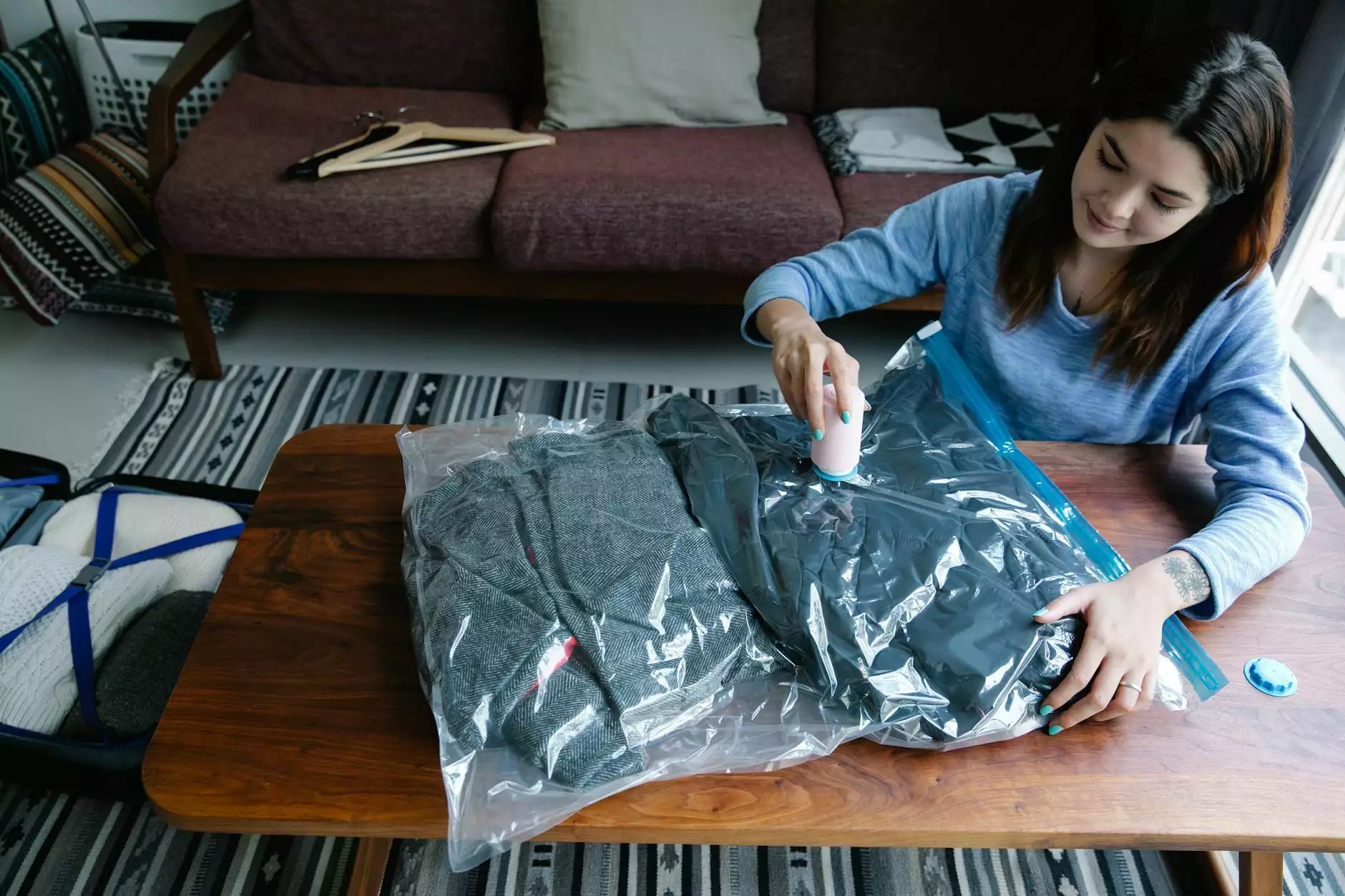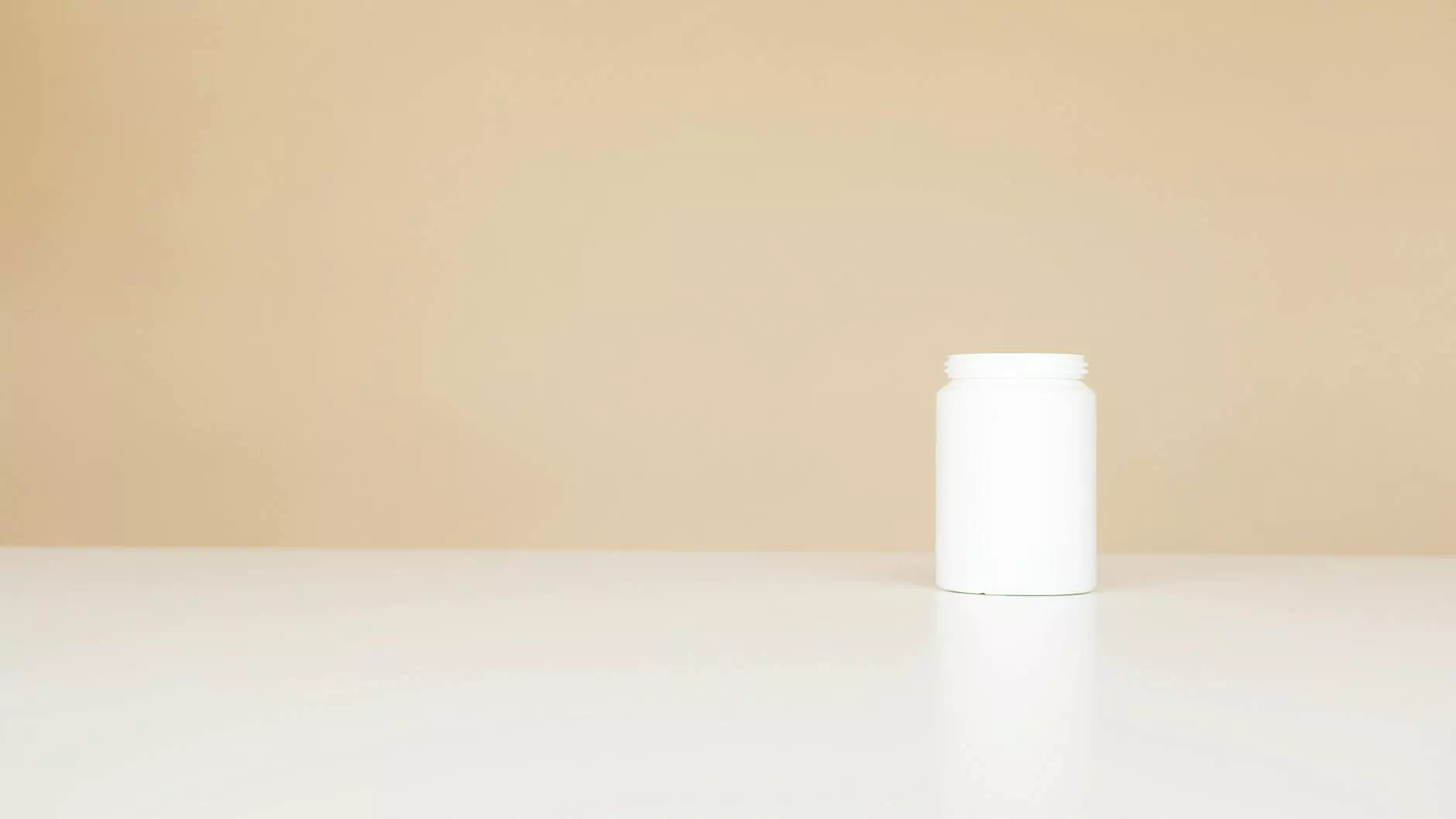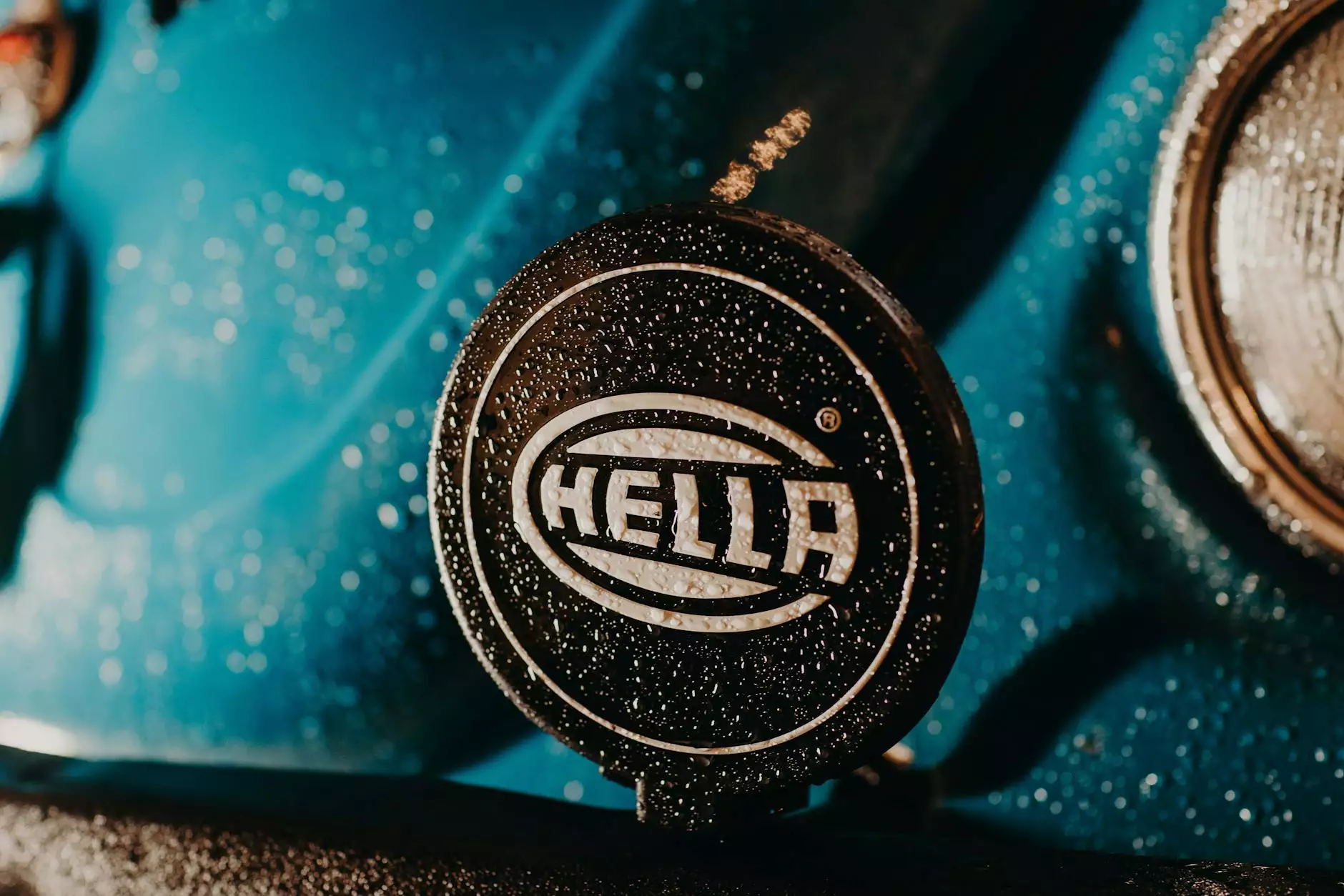Essential Guide to Anti Slip Sealer for Tiles: Enhance Safety & Longevity

Introduction
The safety and aesthetics of your flooring can significantly impact your overall environment, be it at home or in a commercial space. One of the standout solutions for maintaining both these aspects revolves around the use of anti slip sealer for tiles. In this article, we will delve deep into the characteristics, benefits, application processes, and maintenance tips regarding anti-slip sealers, emphasizing their critical role in both residential and commercial settings.
Understanding Anti Slip Sealers
Anti slip sealers are specialized coatings designed to enhance the grip of tile surfaces, reducing the risk of slips and falls. Primarily formulated for ceramic, porcelain, and natural stone tiles, these sealers create a textured surface while maintaining the tile's aesthetic appeal. Let’s explore their features in detail:
What is an Anti Slip Sealer?
An anti slip sealer for tiles is a chemical treatment that is applied to the surface of tiles to improve traction and minimize scuffing while also protecting the surface. The sealer penetrates the porous surface of the tile to create a protective barrier while drawing moisture away, thus preventing mold and mildew buildup.
Key Features of Anti Slip Sealers
- Enhanced Traction: Provides a non-slip surface ideal for wet areas like bathrooms and kitchens.
- Preservation: Protects tiles from staining, fading, and wear.
- Versatility: Suitable for various tile types including ceramic, porcelain, and stone.
- Easy Application: Can be easily applied using simple tools.
- Low Maintenance: Reduces the frequency of cleaning and maintenance required.
Benefits of Using Anti Slip Sealers
Integrating an anti slip sealer for tiles in your home or office comes with numerous advantages. Here are some of the key benefits:
1. Increased Safety
The primary benefit of using anti-slip sealers is enhanced safety, particularly in areas that are prone to moisture, such as bathrooms, kitchens, and entryways. By significantly reducing the likelihood of slippery surfaces, particularly when tiles are wet, these sealers can help prevent accidents and injuries.
2. Aesthetic Preservation
A good quality anti slip sealer for tiles will not only make surfaces safer but will also enhance their appearance. Many sealers are designed to be clear or slightly tinted and can bring out the colors and patterns of the tiles without altering their original beauty.
3. Cost-Effectiveness
Investing in anti-slip sealers can be a cost-effective measure over time. By reducing accidents, you can potentially save on liability costs and medical expenses. Furthermore, the protective features limit the need for tile replacement, cleaning, or repairs.
4. Easy Maintenance
Once applied, anti-slip sealers can simplify maintenance routines. They repel dirt and grime, making regular cleaning easier and less frequent. This feature is especially beneficial in commercial spaces, where foot traffic can lead to quick wear and tear.
How to Apply Anti Slip Sealer for Tiles
Applying an anti slip sealer for tiles is a straightforward process, provided you follow the right steps. Here’s a guide to ensure you achieve the best results:
1. Preparation
- Check the Tiles: Ensure that your tiles are clean and free from dirt, oil, and previous coatings.
- Choose the Right Sealer: Select a sealer that suits your specific tile type and the intended area.
- Gather Tools: You’ll need a paint roller or brush, an applicator pad, protective gloves, and possibly a mask if you’re sensitive to strong odors.
2. Cleaning
Thoroughly clean the tile surface using a manufacturer-recommended cleaning solution. Rinse with clean water and allow the surface to dry completely. This step is crucial to ensure the sealer adheres properly.
3. Application
Using your chosen applicator, apply a thin, even layer of the anti-slip sealer to the tile surface. Target small sections at a time to ensure even coverage. Be sure to follow the manufacturer's guidelines regarding the recommended thickness of application.
4. Drying Time
Allow the sealer to dry as instructed. Depending on the product, this could range from a few hours to a full day. Pay close attention to humidity and temperature conditions, which can affect drying times.
5. Curing
For optimal results, allow the sealer to cure for the recommended period before subjecting the area to foot traffic. This step can vary significantly based on the product, typically ranging from 24 hours to several days.
Maintaining Anti Slip Sealers
Proper maintenance will extend the life of your anti slip sealer for tiles and ensure it functions effectively. Here’s how to keep it in good condition:
1. Regular Cleaning
Use a gentle cleaner and a soft cloth to wipe down your tiled surfaces regularly. Avoid harsh cleaners that can break down the sealer over time.
2. Inspect Periodically
Regularly check for signs of wear or damage to the sealer. Look for areas that appear dull or shiny, which may indicate wear in specific spots.
3. Reapplication
Follow the manufacturer’s recommendations on how often to reapply the sealer, which is typically every few years, depending on usage and the type of environment.
Conclusion
Incorporating an anti slip sealer for tiles is one of the best decisions you can make for enhancing both safety and aesthetics in your home or office. It not only helps in preventing slips and falls but also extends the life of your tiles, allowing you to enjoy their beauty for years to come. With proper application and maintenance, you’ll find that these sealers offer an excellent return on investment in terms of both safety and longevity.
At ndclean.com, we are dedicated to helping you choose the best flooring solutions and maintenance services for your home or commercial needs. Secure your environment today with our reliable anti-slip sealers and professional application services!









